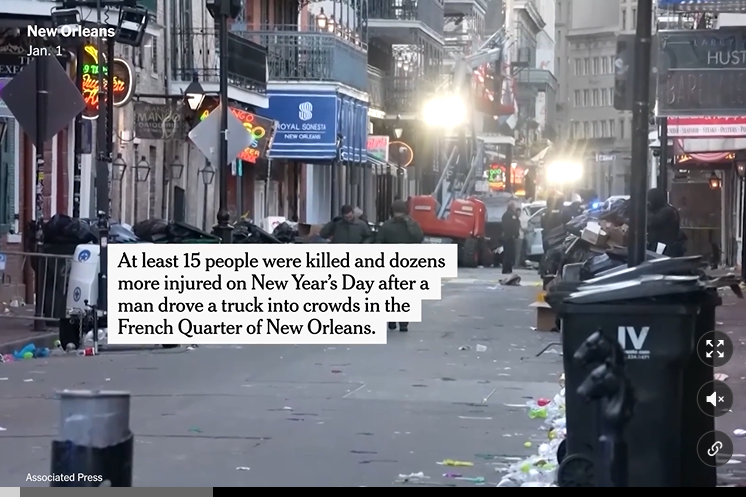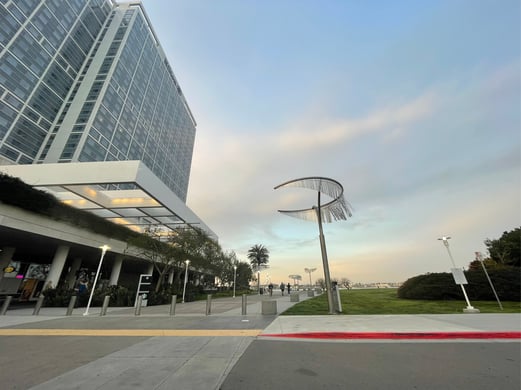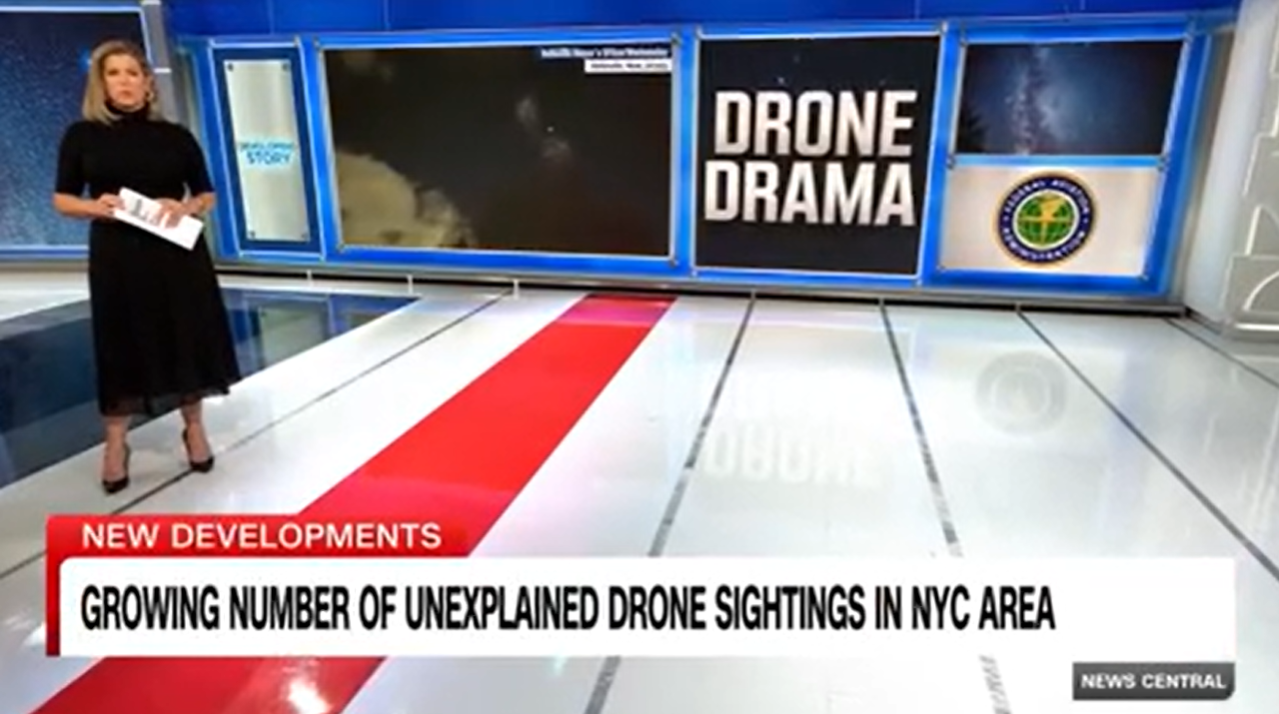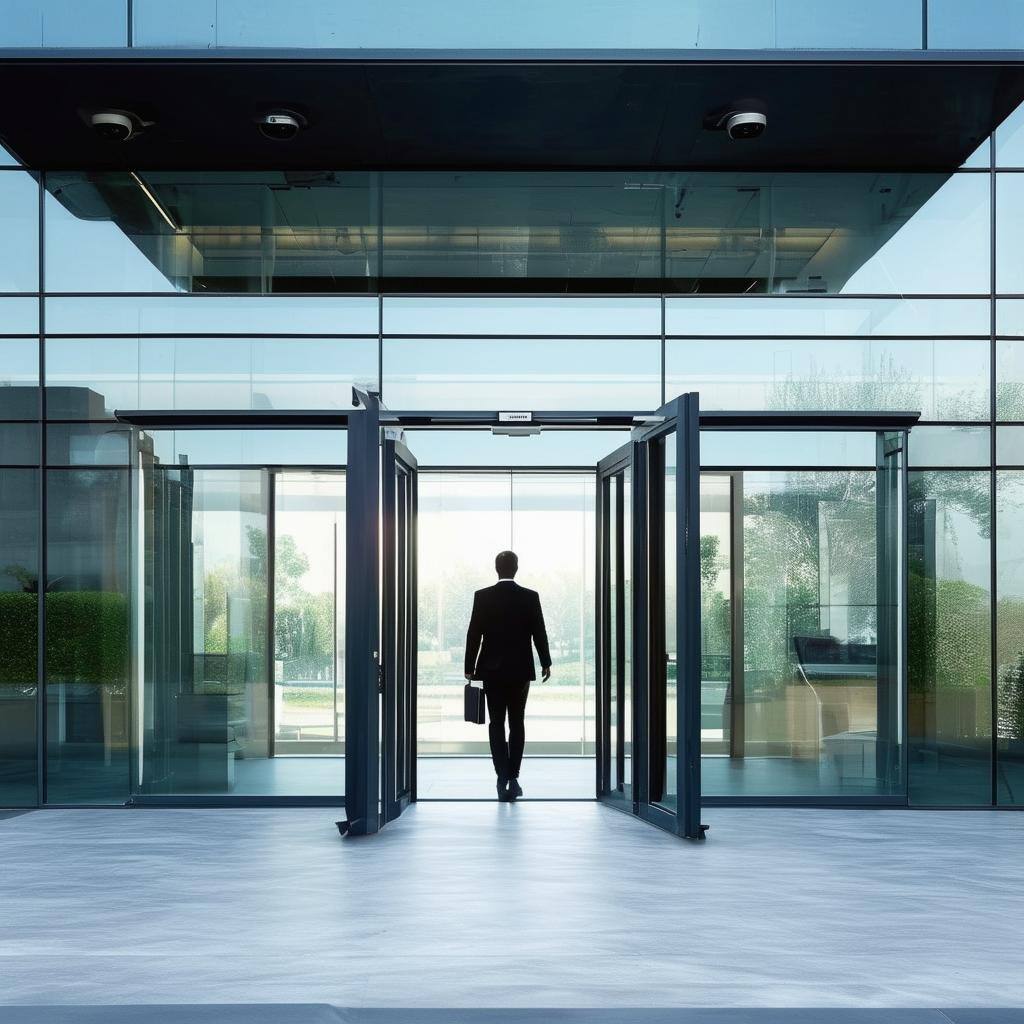10 Considerations for Vehicle Bollards
Bad news again hits the airwaves over the New Years holiday. This time a vehicle attack in New Orleans. For those interested, we had written an...

Veteran Owned Small Business (VOSB) is a company diversity registration designated under the Veteran Benefits, Health Care, and Information Technology Act of 2006 (Public Law 109-461). Registration ensures that companies qualify for preferential procurement for federal contracts if they are owned and controlled by Veterans.
This certification is non-industry specific and requires that the firm meets the small business requirements established by the Small Business Administration (SBA). Additionally, it requires that the company is at least 51% owned, operated and controlled by a veteran.

Bad news again hits the airwaves over the New Years holiday. This time a vehicle attack in New Orleans. For those interested, we had written an article last year about using bollards to stop vehicles from entering pedestrian areas. If you're responsible for a facility with sidewalks, parking lots, or outdoor events, please take a read. We're here to help...
 While at a conference in California, we noticed the placement of vehicle bollards at an outdoor walking area around a building. What we also noticed was a landscaping contractor's vehicle running up over the curb, across the grass, and right onto the pedestrian walkway. It got us thinking about why the bollards are there at begin with. In this case, we wondered if there should have been other diversions in place on the grass area like trees, planters, boulders, or other physical barriers.
While at a conference in California, we noticed the placement of vehicle bollards at an outdoor walking area around a building. What we also noticed was a landscaping contractor's vehicle running up over the curb, across the grass, and right onto the pedestrian walkway. It got us thinking about why the bollards are there at begin with. In this case, we wondered if there should have been other diversions in place on the grass area like trees, planters, boulders, or other physical barriers.
So, let's think through this topic a little bit and generate some questions for you about your facility. And, as a bonus, you'll find below our free In-House Physical Security Risk Assessment Considerations Guide to get you started thinking about considerations you may not have thought about before.
As the need for pedestrian safety continues to rise, the use of bollards as a security measure has become increasingly popular. Bollards are sturdy vertical posts that can prevent vehicles from entering restricted areas, such as pedestrian zones, sidewalks, and public spaces.
Here are 10 considerations for bollards to stop vehicles from encountering pedestrians.
Purpose: The first consideration should be the purpose of the bollards. Are they intended to prevent accidental collisions, deter terrorist attacks, allow emergency services access like fire engines, or simply to control or prevent normal vehicular access to a pedestrian zone?
Traffic flow: The placement of bollards should consider the traffic flow in the area. This includes the number of vehicles, the direction of traffic, size of vehicles, and the speed of the vehicles.
Pedestrian access: Bollards should not restrict pedestrian access to the area. There should be a clear path for pedestrians to move through the area without obstruction.
Emergency access: Emergency vehicles should be able to access the area in case of an emergency. Bollards should be placed in such a way that they can be quickly removed or lowered to allow emergency access.
Visibility: The visibility of the bollards is critical. They should be visible to drivers approaching the area, so they are aware of the restriction and can adjust their driving accordingly without a last minte change in direction.
Materials: Bollards can be made from a variety of materials, including concrete, steel, and plastic. The material chosen should be durable and able to withstand impact from vehicles of desired sizes and speeds.
Height and spacing: The height and spacing of bollards should be carefully considered. They should be tall enough to prevent vehicles from entering the area, but not so tall as to be a visual obstruction.
Lighting: Bollards should be adequately lit, so they are visible at night. Lighting can also help to create a visual barrier that deters vehicles from entering the area.
Maintenance: Bollards should be regularly maintained to ensure they are in good condition. This includes cleaning, painting, repairing any damage, and verifying that they raise and lower properly or can be unlocked and moved in an emergency.
Aesthetics: Finally, the aesthetics of the bollards should be considered. They should be visually appealing and complement the surrounding architecture and landscape while still functioning as intended in design.
The placement of bollards is an important consideration for pedestrian safety. By taking into account the purpose, traffic flow, pedestrian access, emergency access, visibility, materials, height and spacing, lighting, maintenance, and aesthetics, bollards can be an effective security measure that enhances the safety and functionality of public spaces.
 BONUS: DOWNLOAD OUR FREE IN-HOUSE SECURITY RISK ASSESSMENT CONSIDERATIONS GUIDE
BONUS: DOWNLOAD OUR FREE IN-HOUSE SECURITY RISK ASSESSMENT CONSIDERATIONS GUIDE
Security professionals are constantly looking for innovative ways to secure their facility and provide a safe environment within their budget. And, they are also constantly looking for resources to help them achieve that mission while expert advice is hard to come by.
Fortunately, we have released a considerations guide that will help security professionals perform their own in-house security risk assessment.
|
What's Inside? This guide is intended to assist you with performing an in-house physical security risk assessment. In many cases, assistance from a third-party expert, like Theseus Professional Services, is required. Identification of missing or inadequate physical security measures that safeguard assets (people, property, and information) and critical business functions is of paramount importance. The findings of a security risk assessment are used to measure and communicate the level of risk to the organization.
|

Bad news again hits the airwaves over the New Years holiday. This time a vehicle attack in New Orleans. For those interested, we had written an...

1 min read
Recent reports of drone sightings in New Jersey have brought increased attention to unmanned aerial vehicles (UAVs) in both public and private...

When it comes to keeping buildings safe, video surveillance cameras are one of the most effective tools available. They help security teams monitor...